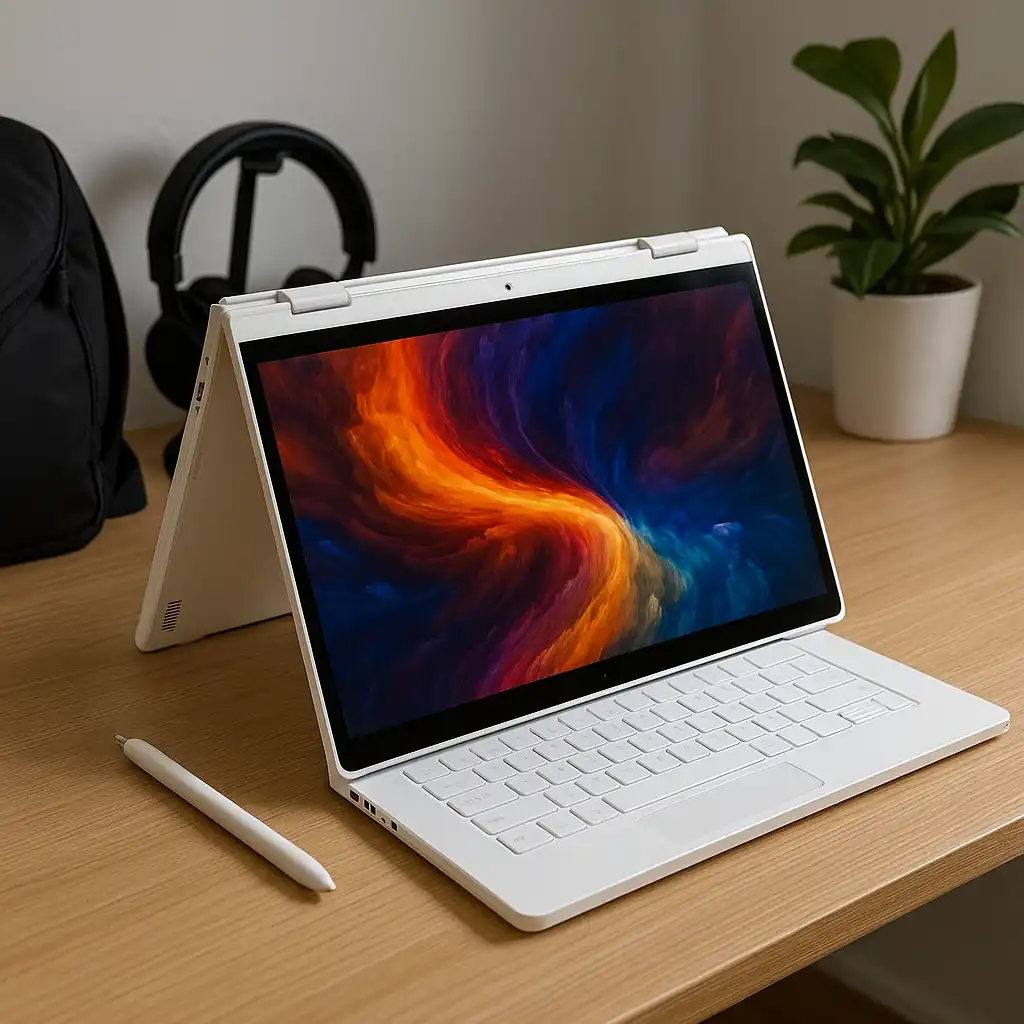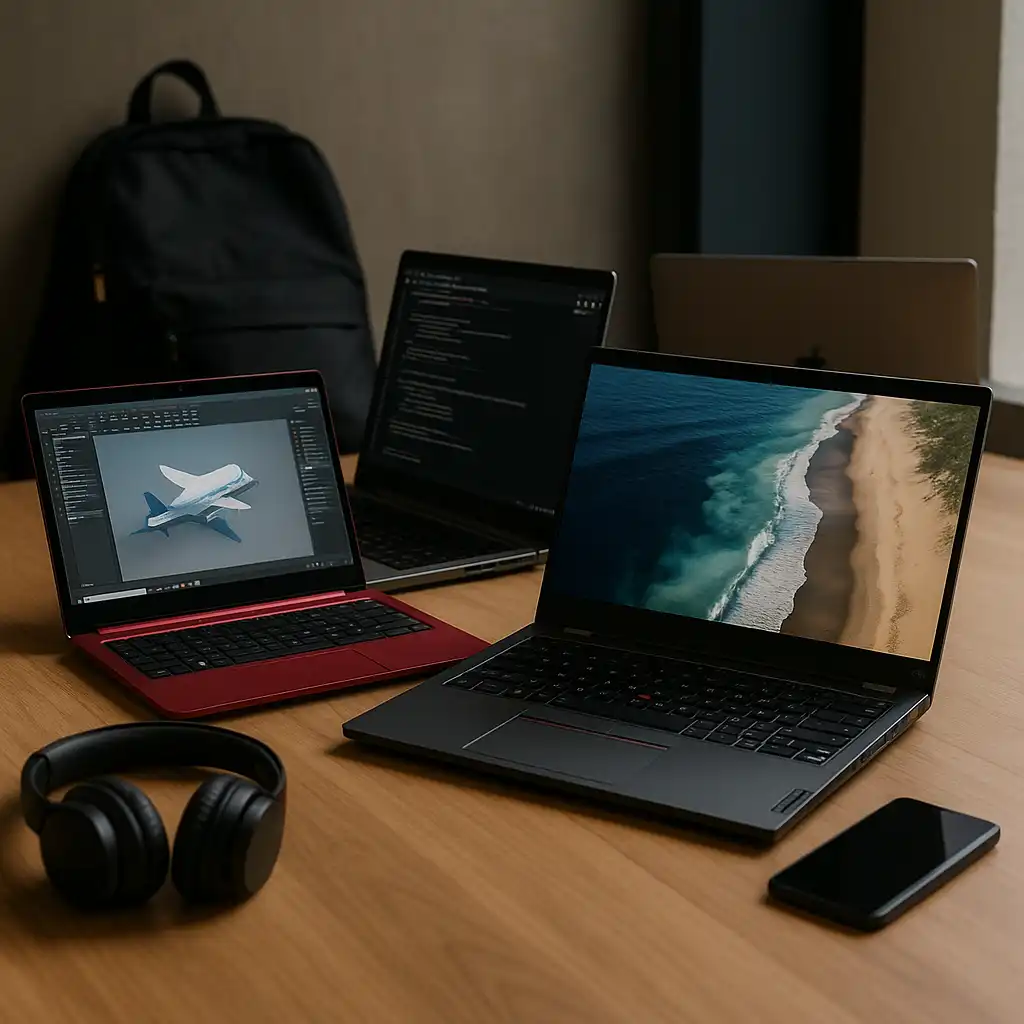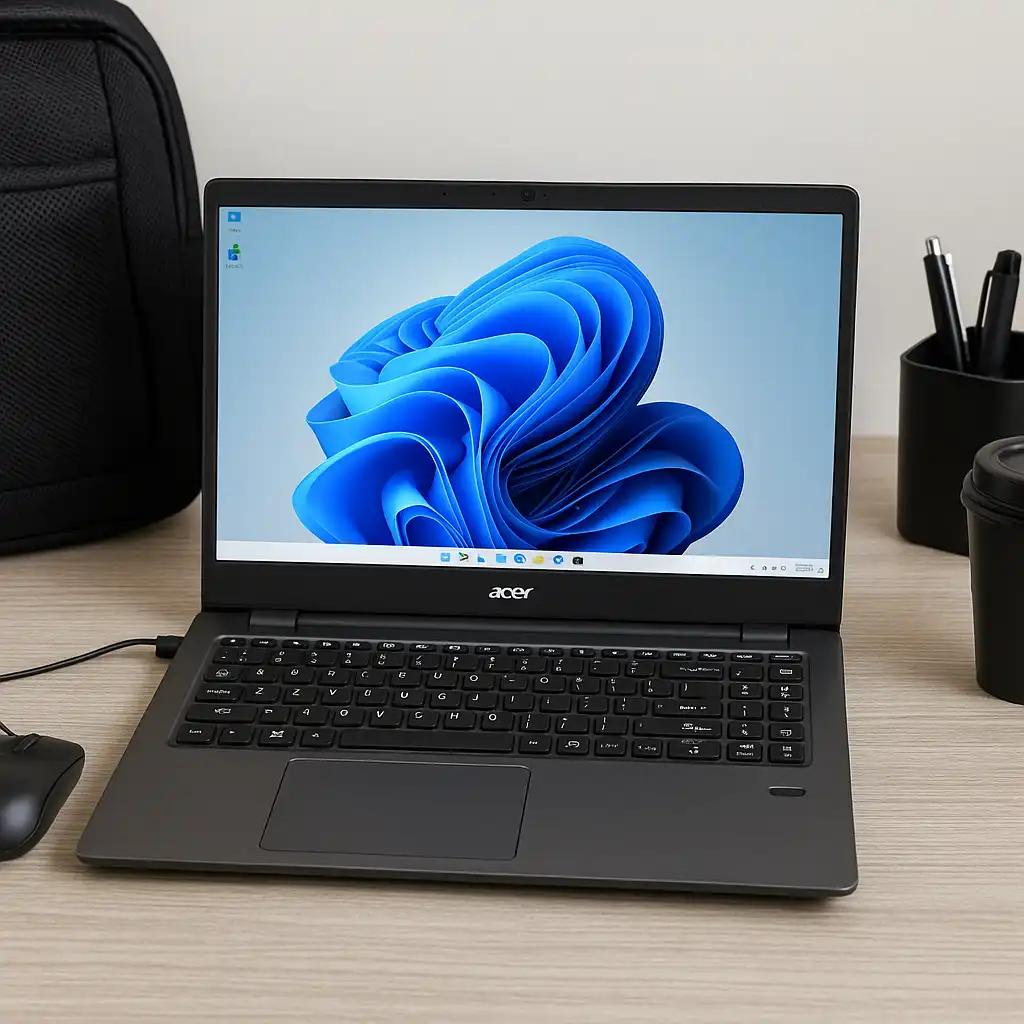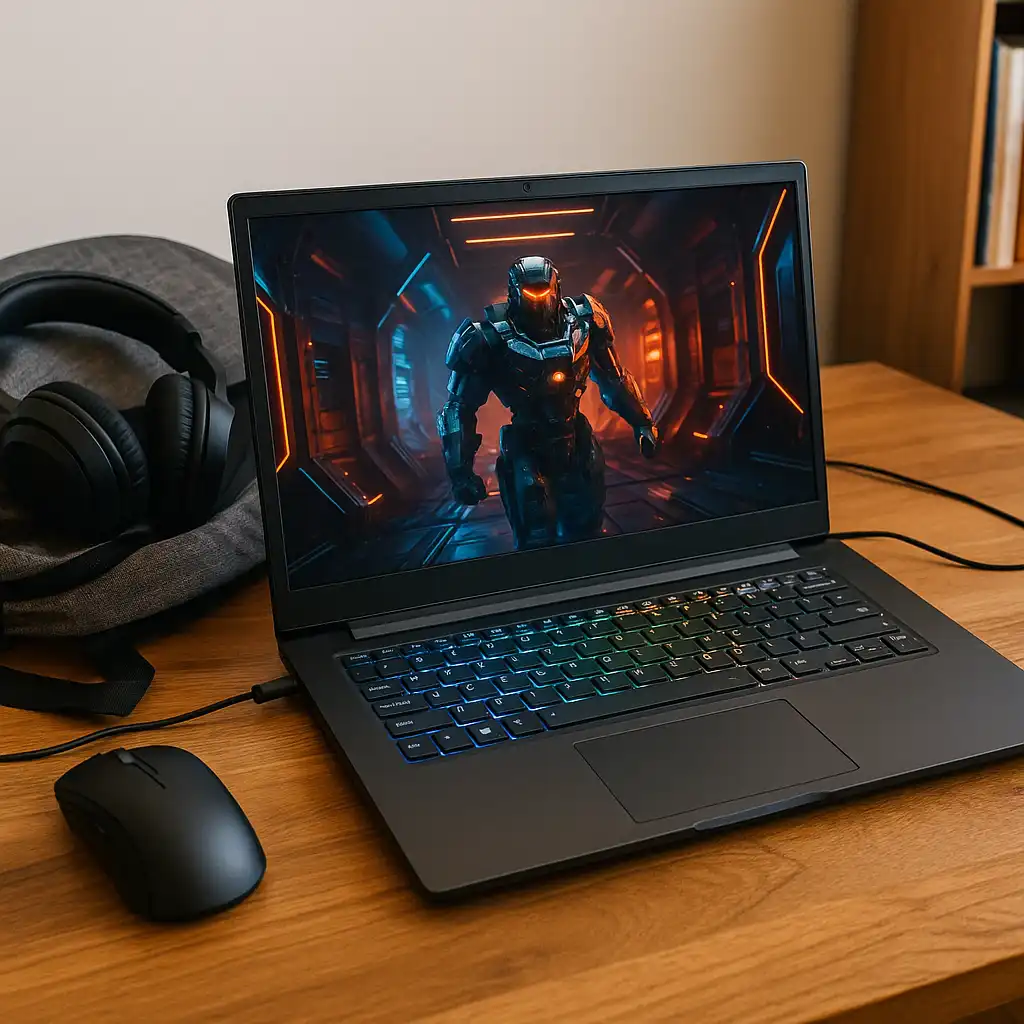Best Laptops for Data Science Students – Smart Picks for 2025
Disclosure: This post contains affiliate links. As an Amazon Associate, I earn from qualifying purchases—at no extra cost to you.
Last Updated: September 28, 2025
Data science students can’t just pick any laptop. You’ll need something that runs Python, R, Jupyter, and maybe even machine learning projects without slowing down. Go too cheap, and you’ll face laggy code, crashes in the middle of analysis, or a system that can’t handle large datasets.
👉 For a wider look at student-ready laptops, check our guide to the best laptops for students.
💰 Check Price & Availability
View on Amazon – Samsung Galaxy Book4 – Example config: Intel Core 7, 16GB RAM
View on Amazon – HP ZBook Firefly 14 G10 – Example config: i7-1360P, 32GB RAM, 1TB SSD
View on Amazon – Lenovo ThinkPad P16 Gen 2 – Example config: i7-14700HX, 64GB RAM
📋 Quick-View Comparison List
- 💸 Budget: Samsung Galaxy Book4 – Portable, affordable, good for coursework
- ⚖️ Mid-Range: HP ZBook Firefly – Workstation-level power, still portable
- 💎 Premium: Lenovo P16 Gen 2 – Serious specs for advanced projects
- 🔧 Key data science needs: CPU, RAM, SSD storage, GPU for ML if required
- 🎮 Gaming laptops can also be good laptops for data science
🔍 Key Factors Students Should Consider
Data science workloads demand more than the average student laptop. A strong CPU and at least 16GB of RAM keep code and datasets running smoothly. An SSD is essential for faster load times. You don’t always need a GPU, but for deep learning or AI projects, it’s a big advantage. Battery life and portability also matter if you’re on campus all day.
🔍 Balancing Performance and Price in a Laptop
Budget laptops like the Galaxy Book4 handle coding practice, Python notebooks, and smaller projects. The ZBook Firefly is the best balance — powerful enough for labs and advanced coursework without being overkill. The Lenovo P16 Gen 2 sits at the top end, with workstation-grade specs that future-proof your setup if you’re heading into heavy machine learning or professional roles.
🔍 Portability & Battery Life for Everyday Use
Lightweight laptops with long battery life make a difference when you’re carrying them to class or study groups. The Galaxy Book4 is slim and reliable for everyday use. The ZBook Firefly manages to pack workstation power into a portable build. The Lenovo P16 Gen 2, while extremely capable, is heavier and drains faster — better suited for performance-first users.
🔍 Which Laptop Fits Different Types of Users (STEM, Arts, Business, Gaming)
STEM majors like data science need mid-range or premium laptops with plenty of RAM and strong CPUs. Arts students can use lighter devices for writing and design. Business students may prefer durable models like the ZBook for reliability. And yes — gaming laptops often overlap with data science requirements, making them surprisingly good fits.
📦 Samsung Galaxy Book4 – Best Budget Laptop for Data Science Coursework
The Galaxy Book4 is an affordable way to get started. Example configurations include Intel Core 7, 16GB RAM, and a 512GB SSD, which are enough for coursework, Python, and basic visualization.
It’s slim and easy to carry, making it a good daily companion. Lower-tier versions may ship with less RAM or storage, so double-check specs before buying.
📦 HP ZBook Firefly 14 G10 – Best Mid-Range Laptop for Data Science Labs
The ZBook Firefly offers workstation-grade performance in a portable frame. A typical setup might include an i7 CPU, 32GB RAM, and a 1TB SSD — plenty for handling SQL, R, and large datasets.
It’s durable and lightweight compared to most workstations. Specs vary across the Firefly line (some newer versions use Intel Core Ultra chips), so confirm you’re getting the right configuration.
👉 For more strong mid-range options, check our student laptop guide for college.
📦 Lenovo ThinkPad P16 Gen 2 – Best Premium Laptop for Advanced Data Science Projects
The Lenovo P16 Gen 2 is a full workstation designed for professionals. Higher-end configurations feature CPUs like the i7-14700HX, up to 64GB RAM, and discrete RTX GPUs. That makes it ideal for machine learning, AI workflows, and heavy simulations.
Its 16″ 4K display is perfect for visualization, and high-capacity SSD options (up to 4TB) mean you’ll never run out of space. Entry models come with lower specs, so be clear about which build you choose.
👉 Not sure how much storage you’ll really need? See our guide on how much storage students should get in a laptop.
📌 Key Takeaways
- Prioritize CPU, RAM, and SSD storage in laptops for data science.
- Budget picks like the Galaxy Book4 cover coursework and Python basics.
- Mid-Range laptops like the ZBook Firefly balance power and portability.
- Premium workstations like the Lenovo P16 are built for ML and advanced projects.
🟢 FAQs About the Best Laptops for Data Science Students
Q: Are gaming laptops good for data science?
Yes. They often come with strong CPUs, GPUs, and RAM, making them great for coding and ML tasks.
Q: Do I need a GPU for data science?
Not for basic analysis. For machine learning or AI projects, a dedicated GPU speeds things up significantly.
Q: How much RAM should I get?
16GB is fine for basics, but 32GB or more is ideal for larger projects.
Q: Is the Lenovo P16 too much for students?
It’s more than most will ever need, but perfect for advanced research or professional-level work.
✅ Conclusion
The best laptops for data science students depend on your budget and long-term goals. The Samsung Galaxy Book4 works for coursework and practice, the HP ZBook Firefly balances specs with portability, and the Lenovo P16 Gen 2 is a premium workstation for advanced data science projects.







